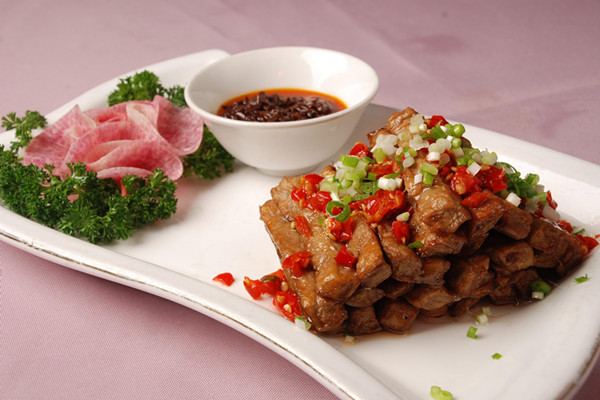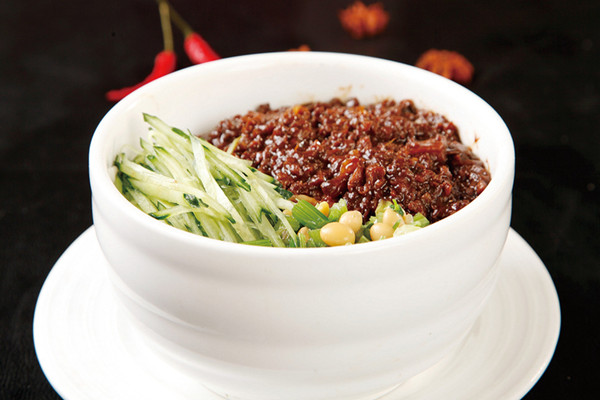Traditional Beijing food is, perhaps surprisingly, hard to find in the ancient capital. An influence of nomadic-style food followed the Mongolian rulers of the Yuan dynasty to their palaces and during the Ming dynasty it was migrants from Shandong who ruled the city’s kitchens. Today, the locals’ albeit admirably catholic taste in food from every corner of China has led to truly Beijing fare being sidelined amid a cornucopia of cuisines.

If there’s one sure fire way to truly appreciate a dish it’s to cook it yourself so I navigated a labyrinth of devious alleyways to eventually find The Hutong, a cultural exchange center buried in a lively Dongcheng community.
The ‘Taste of Beijing’ cooking class was led by the ever-pleasant chef Sue who imparted her knowledge of Chinese food culture and cooking techniques as she guided the class through the three dishes we would be preparing. The first was pickled cabbage with a strong mustard kick that could unplug the most obstreperous of sinuses. Next up was madoufu, literally ‘numbing tofu’ but in fact a protein-rich paste that, on this occasion, was made from fermented mung beans.

Quite a bit of elbow grease was needed to stir-fry the sticky madoufu but the taste was intriguing and would be a good option for vegetarians - without the mutton we added on this occasion.
Finally, one of the better known of Beijing’s dishes–zhajiang mian. The thick sauce with pork, soybean paste and ‘wood-ear’ fungus served over noodles has a saltiness that is offset by finely shredded cucumber – a real meal in itself.
All the dishes proved popular with the class and we left somehow closer to the disappearing culture of old Beijing with some fresh culinary inspiration – and a few delicious leftovers.




